The Human Rights Photo Competition for Leica Photographers was won by Alessandro Durini di Monza (AdiM) for his photo above illustrating "The Right to Public Assembly"
The choice of the overall winner of the Human Rights Photo Competition for Leica Photographers ... well, was it easy? We guess not. But the overall winner, Alessandro Durini di Monza had an advantage in that he didn't just submit the one strong winning picture that actually won the competition, he also presented strong images throughout the competition. So we decided to put this little interview here, along with some of the other images he submitted.
Note that below in this page we have images from other photographers that have received honorable mentioning from the jury.
An interview with Alessandro Durini di Monza
By: Thorsten Overgaard
| |
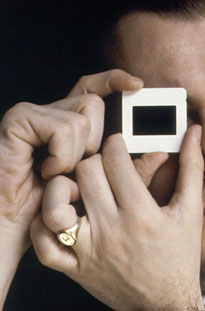 |
| |
Winner of the competition: Alessandro Durini di Monza |
| |
|
AdiM is his artist name, but his real name Alessandro Durini di Monza reveals his Italian roots, though he has lived in the US and currently lives in London with his family.
And is our winner of the Human Rights Photo Competition for Leica Photographers.
He is not a professional photographer but owns a computer software company that has specialized in the software Artform for galleries and the art world - the first database to implement images back in 1983, and with backup of Apple.
According to AdiM, he lives with his camera. "I've been taking pictures since I was twelve, so it is really part of my life. I think the ability - or talent - to compose and take photographs is mainly an innate thing, but for sure my technical skills have improved by living with a camera for so many years."
What is your equipment?
"I mostly photograph with the Leica 35mm Summicron f/2.0 these days. It used to be the 90mm Summicron-M f/2.0 when I used the Leica M4, Leica M5 and Leica M6 film cameras. Now I use the Leica M8 digtal camera and the 75mm Summicron-M F/2.0, and I guess I will stick with that lens also when I upgrade my second body to Leica M9."
"I used to use the Kodachrome 200 film, and when Kodak discontinued it, I guess I took that as a sign that it was time to move to digital. So all new work is digital, though I'm scanning my old archives on the side."
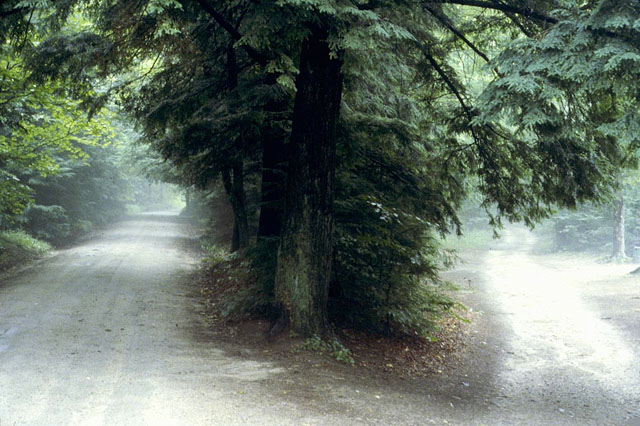
18: Freedom of Thought: By Alessandro Durini di Monza (AdiM)
Do you have a photographic philosophy?
"I'm into technology and not afraid of complexity, but when it comes to cameras I want the least and will try to use and carry the most simple tools. And of course I love the quality and enjoy the tactile pleasure of Leica equipment."
What is your own relation to the Human Rights subject?
"For the competition I shot some of the images for the competition and over the themes of Human Rights. But I also went back to my archives and found images there"
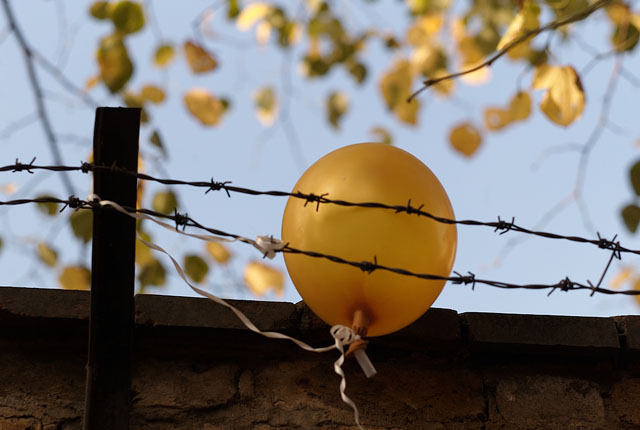
09: No Unfair Detainment: By Alessandro Durini di Monza (AdiM) with Leica M8 with 75mm Summicron-M ASPH f/2.0.
"I've been lucky to not have my personal human rights tramped on. My wife is Persian, and I have witnessed many times how hers, her family’s and her friends rights were ignored, both by her own country as well as other countries. Nowadays it seem that we have to be more watchful than ever, and that is why I welcomed the competition. I think attention is needed on the subject, with all these 'wars' going on."
What about the winning image, "The Right to Public Assembly"?
"This is one of the most endangered rights nowadays, I feel. The reaction brought about by fear of some possible event is actually doing more damage than what we are afraid of. The right to assembly will require the right to travel, and is basic to the right to protest and have political representation ... pretty much the basis of our civilization."
Thank you, and congratulations!
AdiM is having an exhibition in January 2011 at the Jill George Gallery stand at The London Art Fair.

28: A Fair and Free World: By Alessandro Durini di Monza (AdiM)
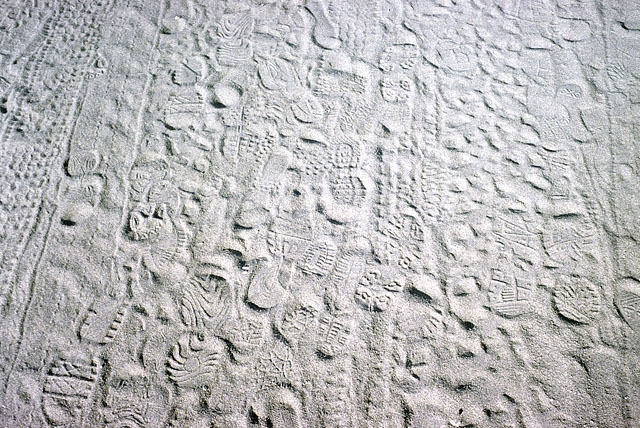
13: Freedom to Move: By Alessandro Durini di Monza (AdiM) with Leica M6 with 35mm Summicron-M f/2.0.
Honorable mentioning:
The following images from individual photographers have recieved Honorable Mentioning in the Human Rights Photo Competition for Leica Photographers 2009 so as to acknowledge their qualities.
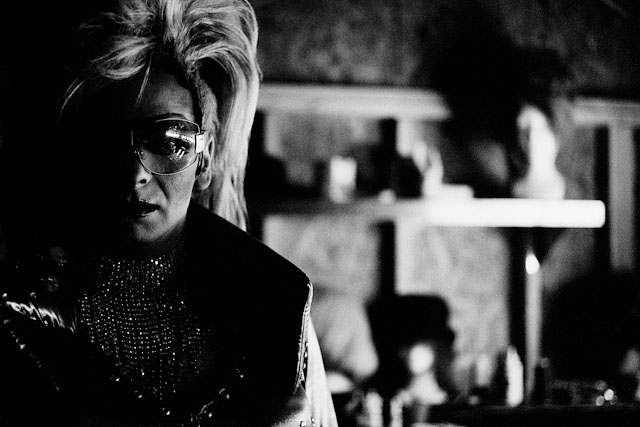
02: Don't Discriminate: "JJ." By Larry D. Hayden.
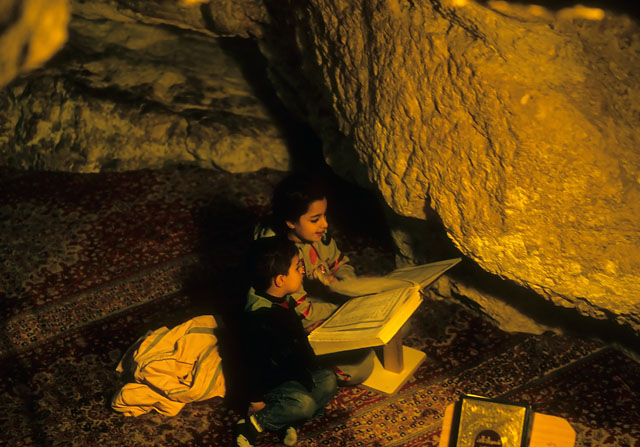
18: Freedom of Thought: Children reading the Qur'an (he central religious text of Islam) and playing in the small cave in the rock under the Dome of the Rock, the 7th century Islamic shrine on the Haram esh-Sherif, Jerusalem. By Martin Love with Leica MP with 28mm Summicron-M ASPH
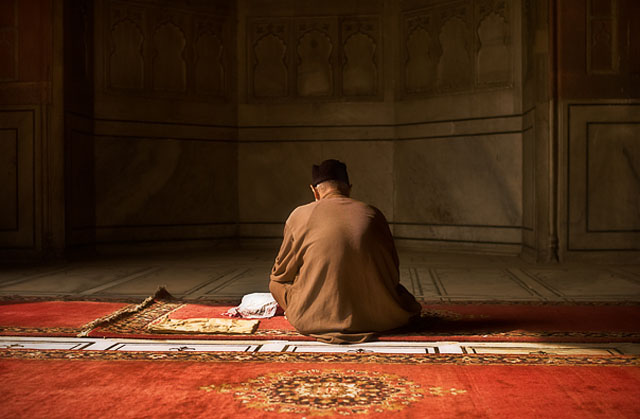
18: Freedom of Thought: "In the Prayer." By William J Palank with Leica M8 with 35mm Summilux-M ASPH
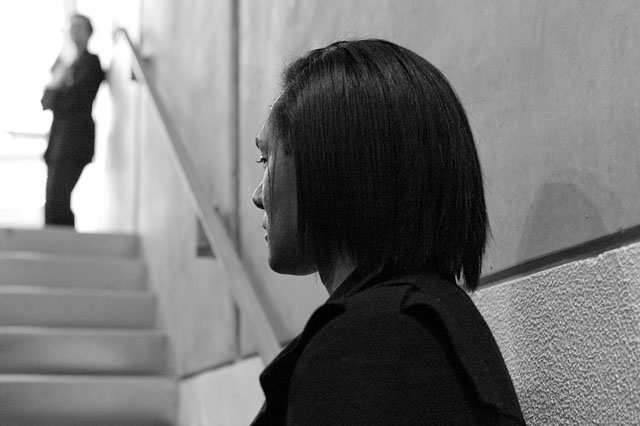
18: Freedom of Thought: by Birgit Krippner with Leica M9 with 50mm Summilux-M ASPH f/1.4
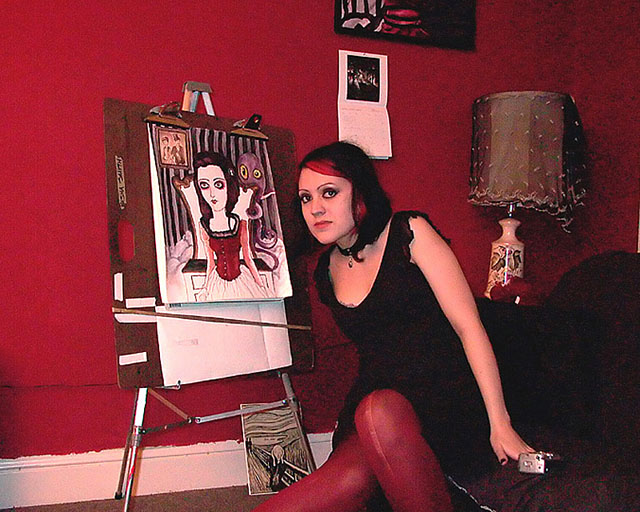
19: Freedom of Expression: "Goth Artist." Misha--a young artist in the Haight Ashbury, San Francisco. By Gerhardt Isringhaus.
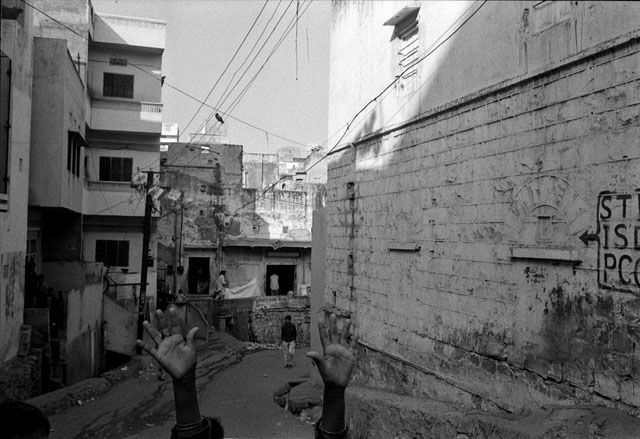
24: The Right to Play: By Dawid Zielinski with Leica M6 with 35mm Summicron f/2.0.
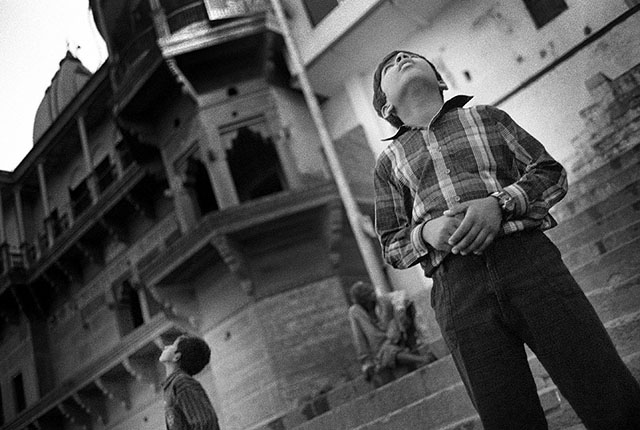
24: The Right to Play: "Watching kites." Kiteflying is very popular among kids and teenagers in India. By Dawid Zielinski with Leica M6 with 35mm Summicron f/2.0.
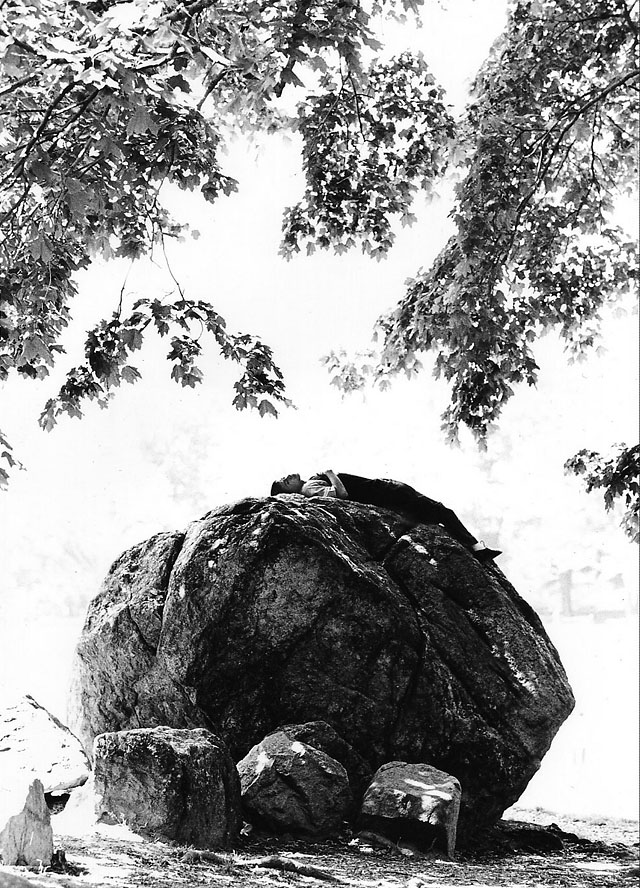
24: The Right to Play: "Nap on a rock." Man taking a nap on a rock in Central Park, New York City. By Clemens Molinari with Leica M6 with 135mm and Kodak Tri-X, scanned using a Canon dSLR.
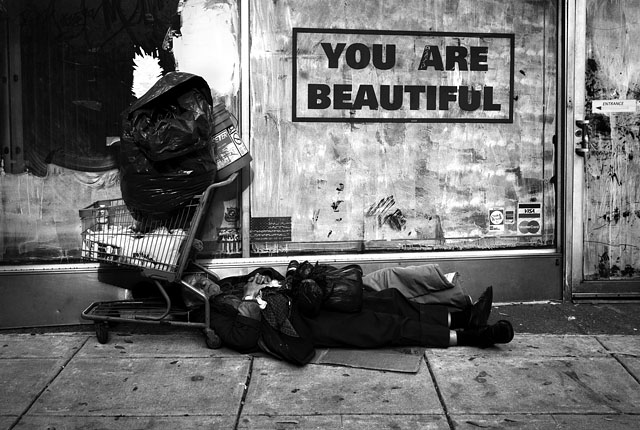
25: Food and Shelter for All: "You Are Beautiful." By Benjamin MacMaster
The jury disagree: Steve Huff thinks it's a winner, to which Chris Weeks replies that "We won't have any (fucking) homeless pictures in this competition. They are so useless. A photo of a homeless person shouldn't even be considered". Thorsten Overgaard agree with Chris Weeks that homeless pictures are in general useless, but in this case Thorsten feel that the image has that validation of the person that homeless images usually don't have (they tend to be solen images of helpless subjects). And it has humor, contrast, as well as a reference to the "You are Beautiful" song. So there is is, honorable mentioning despite subject, but for well executed photgraphy.
By Benjamin MacMaster (with Leica M8 with 28mm) who says about his image, "This homeless man has been camping out in front of an abandoned building for several weeks now. Many of Philadelphia's homeless do not use the citys homeless shelters, for fear of being beaten up and having what little personal items they may have left taken from them. Instead they choose to try and make it on the streets, often ignored by the general population".
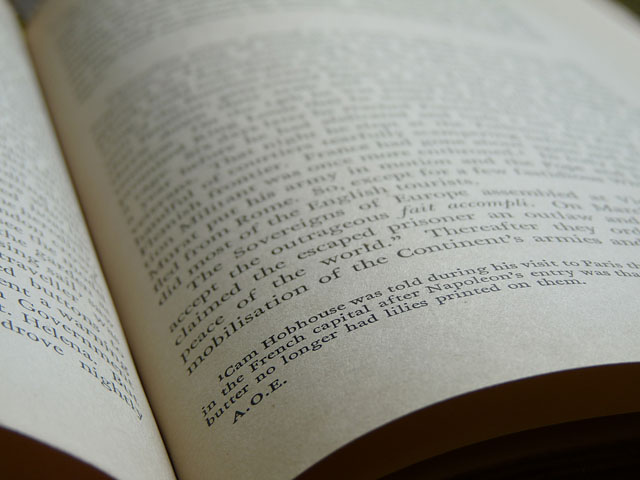
26: The Right to Education: By Karine Pouzet.
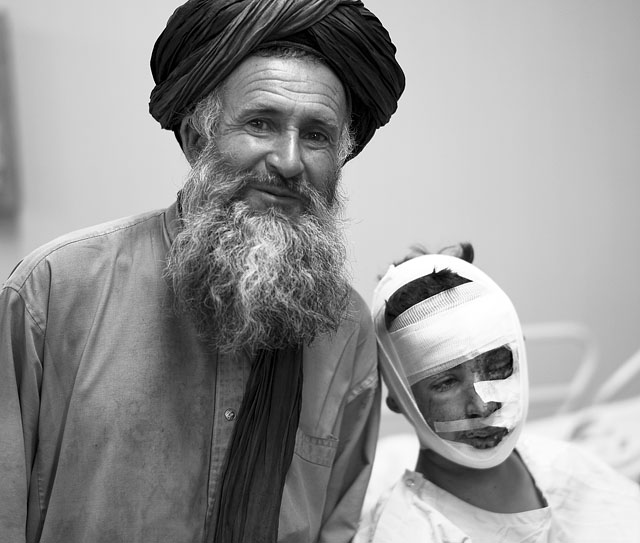
30: No One Can Take Away Your Human Rights: A father and his wounded 15 year old son. The boy was walking behind his donkey when the donkey stepped on a bomb. After the explosion, the boy had to walk a significant distance by himself to get help. The photograph was take the day after the boy had a successful brain and facial surgery to clean and repair the wounds. The father and medical authority gave permission for me to take the photograph. The family's donkey died. By Doug Migden with Leica M8 and 50mm Summilix-M ASPH f/1.4.
A story about Human Rights as they develop
One of the photographers who sent in a series of photos was 22 year old Max Albert Remon Torres from Peru. Now, his photos was clearly taken with a Sony DSC-W120 and not a Leica as the rules said. I dealing with this, his story played in: He wrote: "Hello! My name is Max Albert Remon Torres, I'm 22 living in Ayachuco, Peru. I represent my family in the Human Rights for the 14 Days to Save the World. It is great to know that there's people who care for ther human rights.
25 years ago Ayachucho
was a city without rights. I lost my mother when I was two years because of terrorism. But thank God I came over the difficulties and now have a step-mother and three sisters."
Now, in dealing with this, how would I feel if I was 22 years from Peru, eager to photograph, and got my photos back with a note saying "Sorry, wrong camera. Go buy a Leica." I think I would feel discriminated!
One thing that is important about human rights is to respect others rights (and not just focus on ones own rights all the time). And another thing is the rule about Leica was set to limit the number of photographs rather than to discriminate photographers. So here you are. Max Albert Remon Torres' photos are in the gallery.
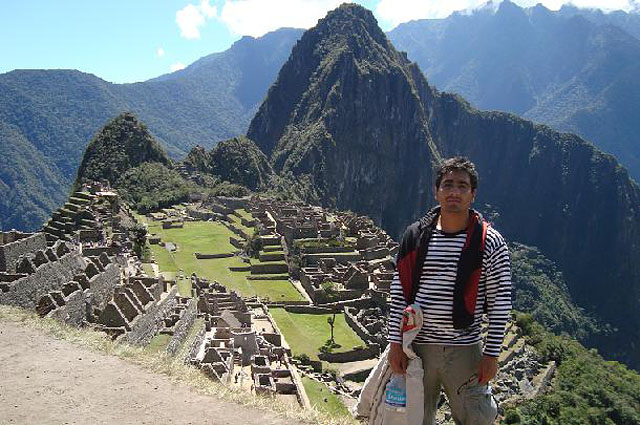
Honorable mentioning to a not (yet) Leica shooter. 15: Right to a Nationality By Max Albert Remon Torres
The 30 human rights in short form,
with link to entry page in the gallery:
(Click here for the long form at the United Nations website in English):
01: We Are All Born Free & Equal
02: Don't Discriminate
03: The Right to Life
04: No Slavery
05: No Torture
06: You Have Rights No Matter Where You Go
07: We're All Equal Before the Law
08: Your Human Rights Are Protected by Law
09: No Unfair Detainment
10: The Right to Trial
11: We're Always Innocent Till Proven Guilty
12: The Right to Privacy
13: Freedom to Move
14: The Right to Seek a Safe Place to Live
15: Right to a Nationality
16: Marriage and Family
17: The Right to Your Own Things
18: Freedom of Thought
19: Freedom of Expression
20: The Right to Public Assembly
21: The Right to Democracy
22: Social Security
23: Workers' Rights
24: The Right to Play
25: Food and Shelter for All
26: The Right to Education
27: Copyright
28: A Fair and Free World
29: Responsibility
30: No One Can Take Away Your Human Rights
(Click here for the long form at the United Nations website in English):
The background for human rights
"All human beings are born free and equal in dignity and rights," so says Article 1 in the Declaration of Human Rights. It's an rather important point that it is for all human beings, and that you are born with them. You don't have to register for it, and it doesn't require education or wealth. Even if you're a criminal in prison you still have those rights.
Now, my personal experience with human rights, and one of the reasons I thought of this photo competition, is that claiming ones own human righs are easy. What is the really hard thing to do is to observe others human rights. Let's just take a very simple human right which is the Article 27 that deals with copyright. It is easy to read that when you take a photograph, you are the owner and have rights. The tricky part is to observe that others rights are also respected. Do you allow friends to pirate copy movies? One thing is that it is illegal and a hot issue these days, but could - or should - you do something to observe that right for others? And when some say we should skip copyright on the internet, what should we think about it? And why was it a human right in the first place?
In some countries we consider our self to be well within human rights. But is that so? Well, first thing is to find out what the actual human rights are, next thing is to look around and see how that would apply. When is physical violence an act of torture, and when is mental harrasment an act of torture? Can you force school kids to do home work, can you threathen the canteen lady to serve you more patatoes? What does torture mean and could torturing someone be the greatest good for mankind as some have implied?
Many wars have started because some considered others less worthy
One could say that the Declaration of Human Rights was made in 1948 after two world wars to "end all wars and conflicts" because what it seeks to install is respect and peace. It was adopted and proclaimed by General Assembly resolution 217 A (III) of 10 December 1948.
| |
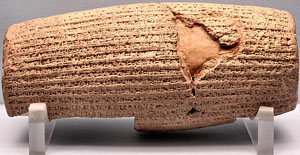 |
| |
The Cyrus cylinder from 539 BC is considered to be the first document of human rights |
| |
|
The idea of human rights was not new in 1948. The Cyrus cylinder from 539 BC is considered to be the first document of human rights, created following the Persian conquest of Babylon. In 1215 came Magna Charta (the Great Charter of Freedoms) which was an attempt of the Barons of England to limit the kings powers by law and protect their privileges. And so it goes on with the United States Declaration of Independence of 1776, and Bill of Rights in 1791 and the Geneva Conventions in 1864.
Today all 192 member states of the United Nations have adopted the Universal Declaration of Human Rights, and a body of international law exists to protect them. The Declaration remains the central call to freedom and justice for all peoples throughout the world.
Yet although human rights exist, are recognized at least in principle by most nations, and form the heart of many national constitutions, the actual situation in the world is far distant from the ideals envisioned in the Declaration.
Though the Declaration of Human Rights was in place already in 1948, Martin Luther King was marching for them in the sixties. As one example of the fact that just because something has been written down and agreed upon by many nations it doesn't mean that it's a reality from that moment. It takes understanding and work to make human rights a reality!
The Universal Declaration of Human Rights served as the inspiration for the European Convention on Human Rights, one of the most significant agreements in the European Community. The Convention was adopted in 1953 by the Council of Europe, an intergovernmental organization established in 1949 and composed of 47 European Community member states. This body was formed to strengthen human rights and promote democracy and the rule of law.
The Convention is enforced by the European Court of Human Rights in Strasbourg, France. Any person claiming to be the victim of a violation in one of the 47 countries in the European Community that has signed and ratified the Convention may seek relief with the European Court. One must first have exhausted all recourse in the courts of their home country and have filed an application for relief with the European Court of Human Rights in Strasbourg.
As always, feel free to e-mail me at thorsten@overgaard.dk with suggestions, ideas and questions.
|
![]()
